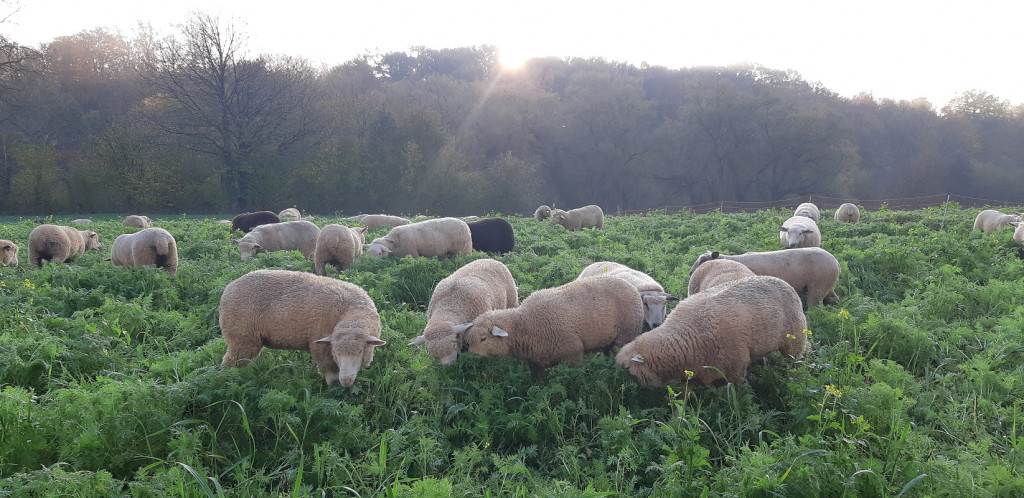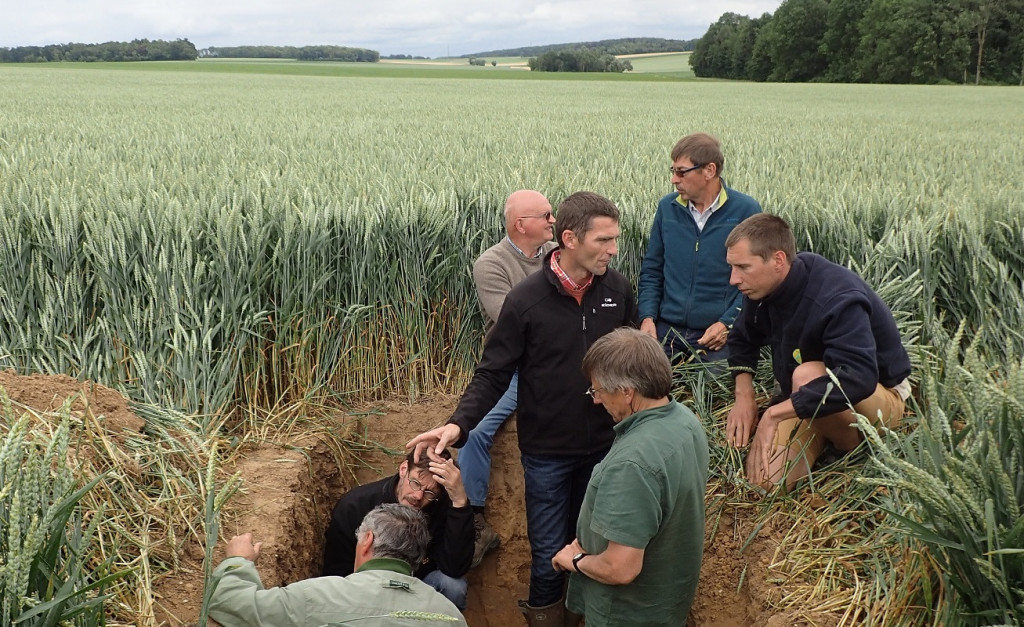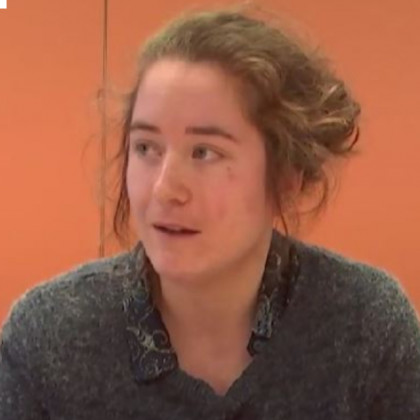This complementarity has long been exploited by farmers, but the specialisation of a large number of farms in recent history has reduced the benefits derived from such combinations. The soil cover obligation imposed by the Nitrates Directive is now providing an opportunity to recreate the link between croplands and animals: partnerships between crop growers and sheep farmers are emerging, with the aim of grazing catch crops.
The results obtained over the past three years as part of the DiverImpacts project suggest that there are many advantages to grazing sheep on nitrates-catch crops, especially when carried out under partnerships between land users and sheep owners. For animal farmers, catch crops represent a high-quality, highly economical fodder, available at times of low productivity of permanent pasture. On the other hand, growers can save on the cost of cover seeds (depending on the agreement with the animal farmer) and benefit from the destruction of the cover. It is therefore in the economic interests of both parties.
But what are the agronomic consequences of this practice?
To find out, the SERVEAU project was launched by CRA-W in collaboration with UCLouvain and the Collège des Producteurs. The study is funded by the Société Publique de Gestion de l’Eau (SPGE) [Public Water Management Company], and aims to quantify the effects of grazing sheep on catch crops on the quality of groundwater in particular. The primary objective of catch crops is to protect these waters from nitrate pollution by capturing the leachable nitrogen remaining after a dominant crop. It is therefore essential to ensure that grazing does not threaten this environmental protection role. Six sites were monitored across Wallonia during the first year of the trial, which has just ended. Initial results suggest that the practice would have very little impact on nitrate leaching as compared to ungrazed catch crops, which is encouraging for the future. Moreover, the abundance of weeds and the yield of peas for canning, potatoes or sugar beet (crops sown after the grazing) would be unaffected by the presence of sheep. In this way, sheep would provide an opportunity to add value to catch crops without causing any subsequent environmental risk or loss of yield. The results must naturally be verified over several years, but the initial trends observed are very promising!
Projects involved: SERVEAU (SPGE funding, No. DF16), DiverImpacts (European Horizon 2020 funding, No. 727482).








